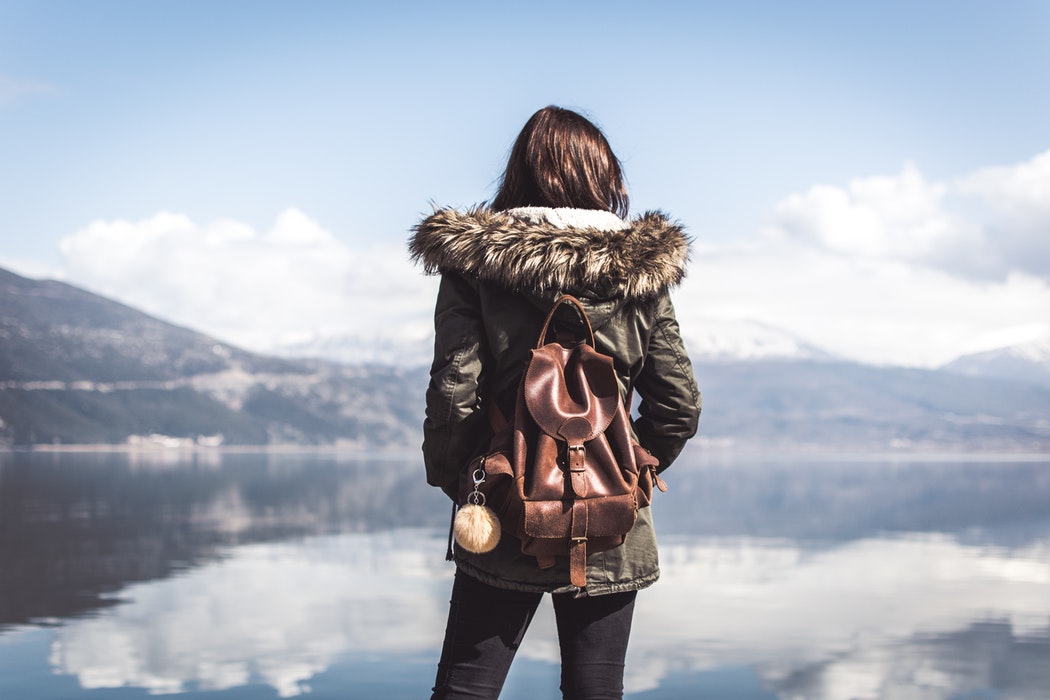Women solo travelling: empowering or dangerous?
We’ve all read Instagram captions from friends in far-flung places when sipping our coffee on a grey English morning talking about their crazy adventures: “Got up at 2am to climb a mountain and watch the sunrise. Worth it. #GirlsWhoTravel #GirlsGoneGlobal”. Whilst the only mountain most of us will be tackling as exam season rapidly approaches is a looming stack of textbooks and lecture notes, 2018 has seen a massive rise in the number of women packing up and jetting off on Insta-worthy adventures – and they’re doing it completely alone.
Solo travel offers women the opportunity to be the authors of their own experiences
This is unsurprising given the current global travel trends. Online travel booking platform Klook predicted solo travel as the number 1 travel trend for 2019. In 2018, Hostelworld reported a 45% increase in the number of female solo travellers booking through their site between 2015 and 2018, and a quick search for #GirlsWhoTravel on Instagram yields over 2 million results. More women than ever are jumping at the opportunity for solo travel. But why travel alone?
Solo travel offers women the opportunity to be the authors of their own experiences. They can write their own narratives based on what they want to get out of an experience. It’s empowering, exciting, and a remarkable exercise in self-care.
Social media and the internet have made it so easy to be constantly in contact with others – but what about connecting with ourselves? Travelling alone allows you to find a moment of calm and self-reflection within the cacophony of modern life. It requires you to be completely comfortable with your own company. It pushes you out of your comfort zone, challenges you to see the world from a new perspective, and allows you to make connections with other people that you perhaps wouldn’t if you were travelling in a group. It can be a completely life-changing experience.
However, these women were not killed because they were travellers: they were killed because they were women
But, for women, it can also be extremely risky. All too frequently, global headlines report cases of gender-based violence against female travellers.
In 2018, Carla Stefaniak was killed whilst travelling alone in Costa Rica. Briton Grace Millane was murdered whilst exploring New Zealand. Attacks like this are deeply shocking and tragic, and lead many people to brand solo female travel as ‘dangerous’.
However, these women were not killed because they were travellers: they were killed because they were women. Travel is not dangerous; people are dangerous. Telling women not to travel alone feeds into the idea that staying at home is the only way to stay safe. It supports a culture of victim blaming instead of challenging the patriarchal systems and social norms that are the root causes of gender-based violence in the first place.
There are precautions that women should consider to ensure their safety when travelling. Do the research – find out what areas of town are the safest, make sure you have the contact details of your local embassy, and research the social and cultural norms of your destination. Try to stay in places with 24-hour security and excellent safety ratings. Give the details of your itinerary to a family member or a friend before you leave and stay in regular contact. Make sure somebody always knows where you are – GPS trackers or apps like Find My Friends are useful. Keep valuables on you or locked up in a safe at all times. Be smart, be savvy, and stay safe.
We can all get on board with challenging the social and cultural systems that make being a woman anywhere in the world dangerous. But whilst we’re trying to change the world, there’s no reason why women shouldn’t still get out there and see it.

Comments